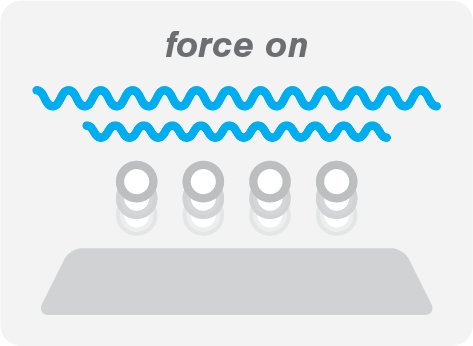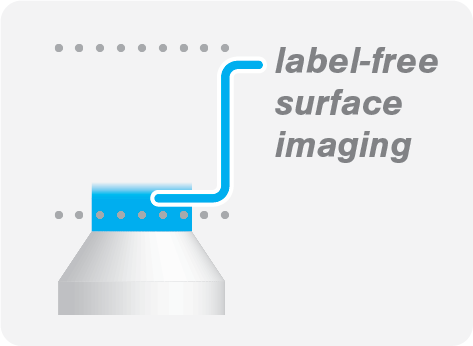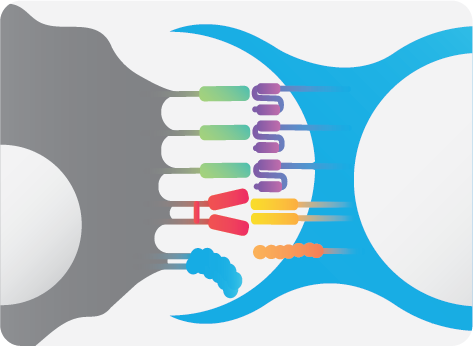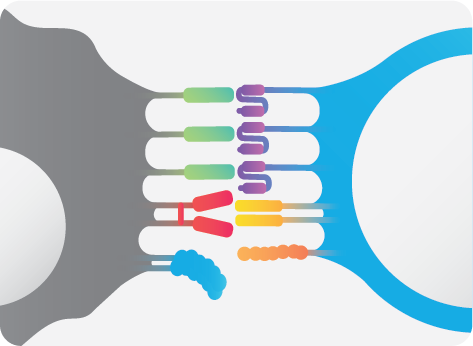
Explore a range of publications within our dynamic single-molecule application field Buzón, P. et al. The Histone Chaperones SET/TAF‐1β and NPM1 Exhibit Conserved Functionality in Nucleosome Remodeling and Histone Eviction in a Cytochrome c ‐Dependent Manner. Advanced Science (Wouter Roos, University of Groningen) 2023 Fazio, N. et al. E. coli…
j.yeh4 January 2022










